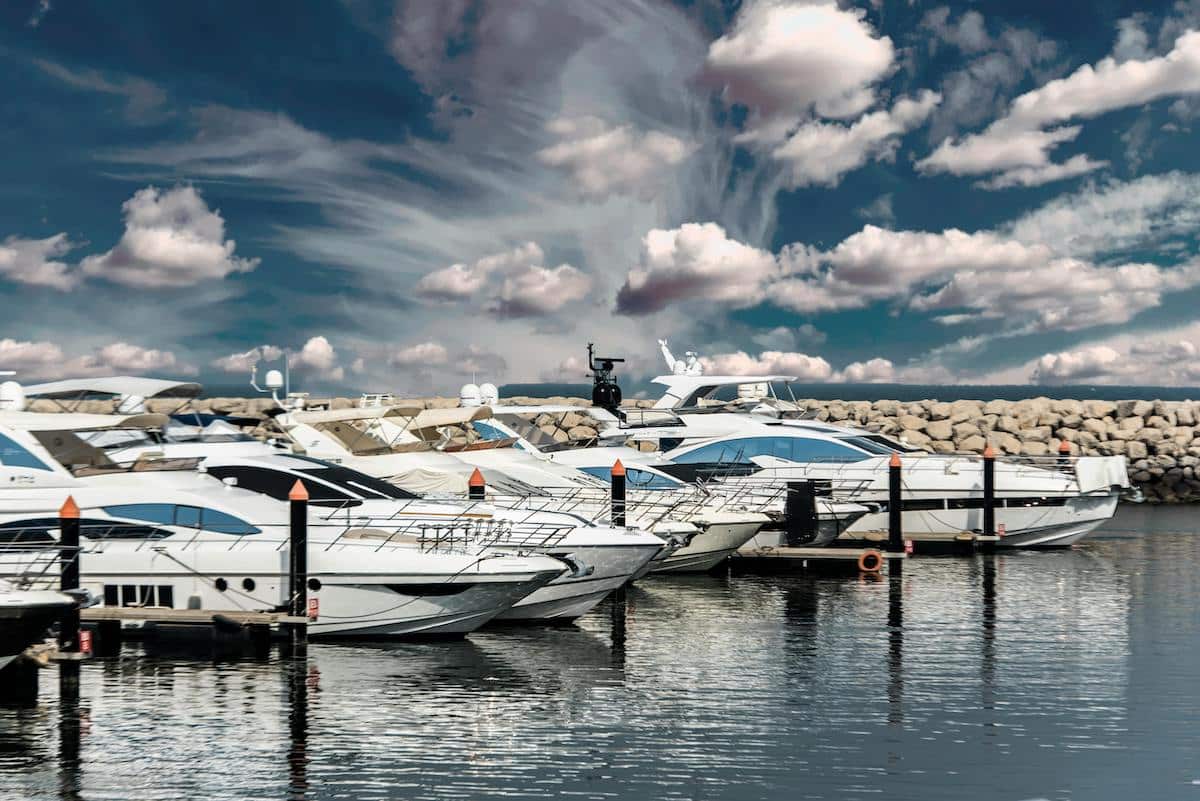Maritime safety is a top priority for marina, boatyard, and boat dealership managers, who rely on it to keep their businesses running smoothly. We will explore the key components and best practices for ensuring maritime safety in this complete guide.
Understanding Maritime Safety
Maritime safety is a complex field that contains diverse kinds of preventive measures, operational procedures, and mitigation strategies designed to mitigate hazards in marine environments. It covers personal safety, vessel safety, environmental protection, navigation safety and marina operational safety – aspects that, when integrated, provide a comprehensive safety model.
The Tenets of Maritime Safety
Personal Safety
Personal safety is the most basic element of maritime safety. It includes the physical and mental health of those on board a vessel, as well as their ability to perform their duties effectively. Personal safety also includes ensuring that crew members are adequately trained in emergency procedures and equipment use and have access to appropriate medical care when needed. Involves awareness and adherence to safety procedures, personal protective equipment (PPE) use, training, and emergency response capabilities.
Vessel Safety
Vessel safety is the second most important element of maritime safety. It includes the vessel’s physical health, including its structural integrity, stability, and resistance, as well as its ability to perform its intended function effectively. Regular inspections, servicing and repairs play a role here, in line with established maritime law and guidelines. Vessel safety also includes the crew’s ability to operate the vessel safely, including their knowledge of its systems and equipment. You can achieve this through training and certification programs, designed to ensure that all crew members have the necessary skills and knowledge to perform their duties effectively.
Environmental Protection
Maritime safety is also concerned with protecting the environment from pollution and other forms of damage, as well as ensuring that vessels are seaworthy. This includes ensuring that vessels are equipped to handle spills, leaks and other accidents that may occur during normal operations. It also involves monitoring the condition of equipment and systems on board, as well as their performance over time. Includes practices aimed at minimizing environmental harm that encompass spill prevention and waste management protocols.
Navigation Safety
Navigation safety is the practice of ensuring that vessels can safely navigate through waterways and other areas of the ocean. This includes ensuring that ships have the necessary equipment, such as radar and GPS systems, to accurately determine their position at all times. It also involves monitoring weather conditions and other factors that could affect a ship’s ability to safely navigate. It is important to understand rules for safe navigation, including use of navigation aids, weather forecast systems, electronic chart display and information systems (ECDIS), and adherence to traffic separation schemes.
Marina Operational Safety
Marina operational safety is a key concern for marinas, as it can affect the safety of both their staff and customers. Marina staff should make sure that all equipment is properly maintained and in good working order, as well as providing training on how to use it correctly. It also involves having emergency plans in place in case of an accident or other incident at the marina and ensuring secured docking facilities, maintenance of marina equipment, and adherence to fire safety protocols.
Implementing Maritime Safety
Achieving optimal maritime safety outcomes requires not only understanding of its components but also the implementation of adequate measures facilitated by professional, comprehensive, and integrated marine management solutions.
Compliance with International & Local Regulations
Implement maritime safety protocols as per the International Maritime Organization (IMO) guidelines and local laws. Understanding these standards will provide a regulation framework. This will help you to identify the key areas where you need to focus your efforts and resources. It will also enable you to develop a full safety management system that is compliant with international and local regulations.
Establishment of Operational Safety Procedures
Design and implement safety protocols to mitigate potential hazards within your facility. These should cover fire safety, slip, and fall prevention, emergency response planning, and other important protocols. These procedures should be reviewed and updated on a regular basis to ensure that they are effective, and all employees, contractors, and visitors must know them.
Regular Inspections & Maintenance
Regular inspections to identify potential hazards and timely maintenance of boats, marina equipment and facilities is crucial in ensuring safety. This will help you identify and address any issues before they become a problem. Regular inspections should be conducted by a qualified professional who is familiar with the specific requirements of your facility. The frequency of these inspections will depend on the size and type of marina, as well as local regulations.
Proper Training
Staff training is an important part of any safety program. It is crucial to teach all employees in the use of equipment and facilities, as well as how to respond during an emergency. The training should include regular refresher courses for staff members who have been with your company for a while.
Enhancing Compliance, Efficiency, and Security
Maritime safety, while a multifaceted challenge, is essential to the successful operation of marinas, boatyards, and boat dealerships. By understanding its principles, complying with regulations, and utilizing integrated tools provided by seasoned experts like DockMaster, we can effectively mitigate risks, protect the environment, and ensure the safety of all within our marine environments.

